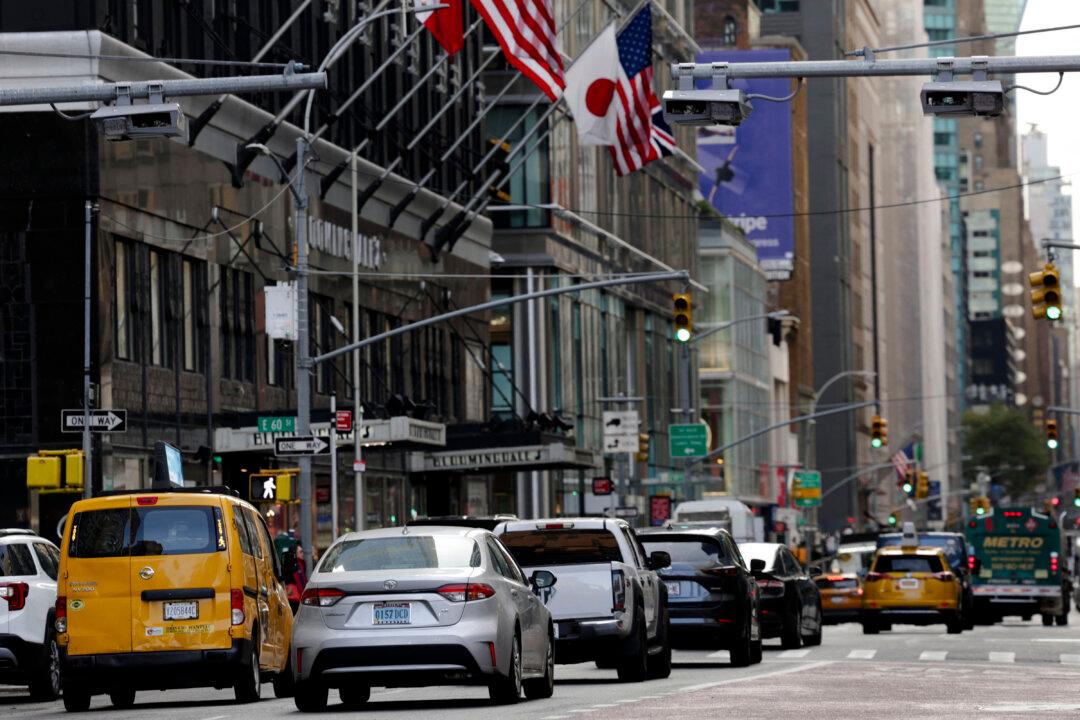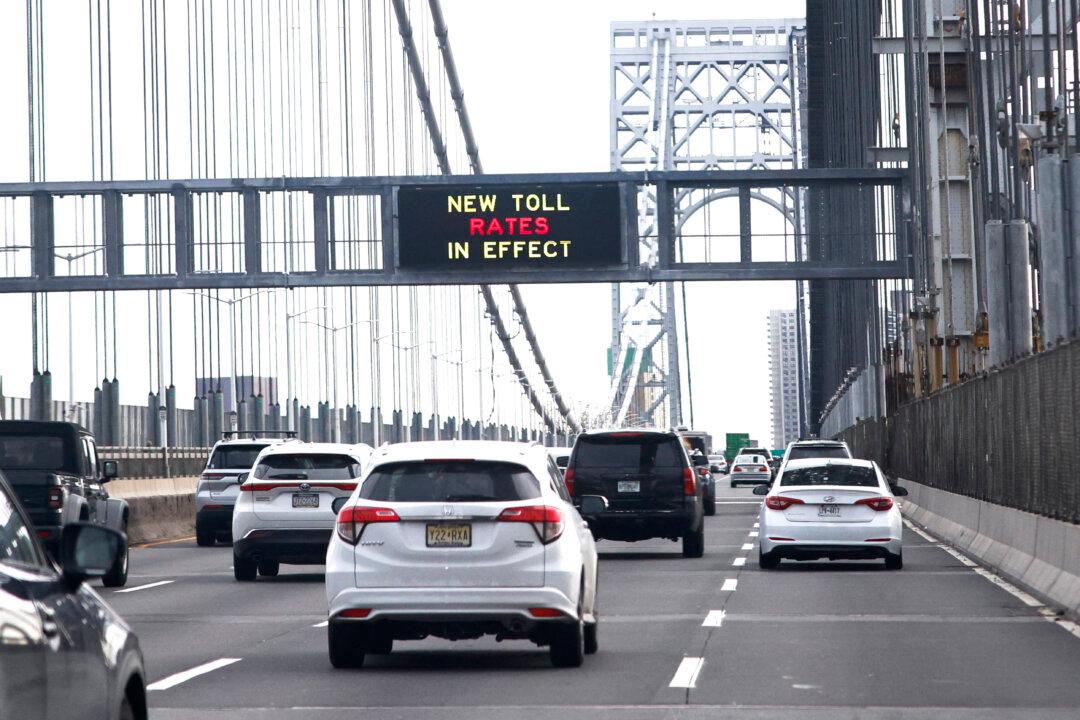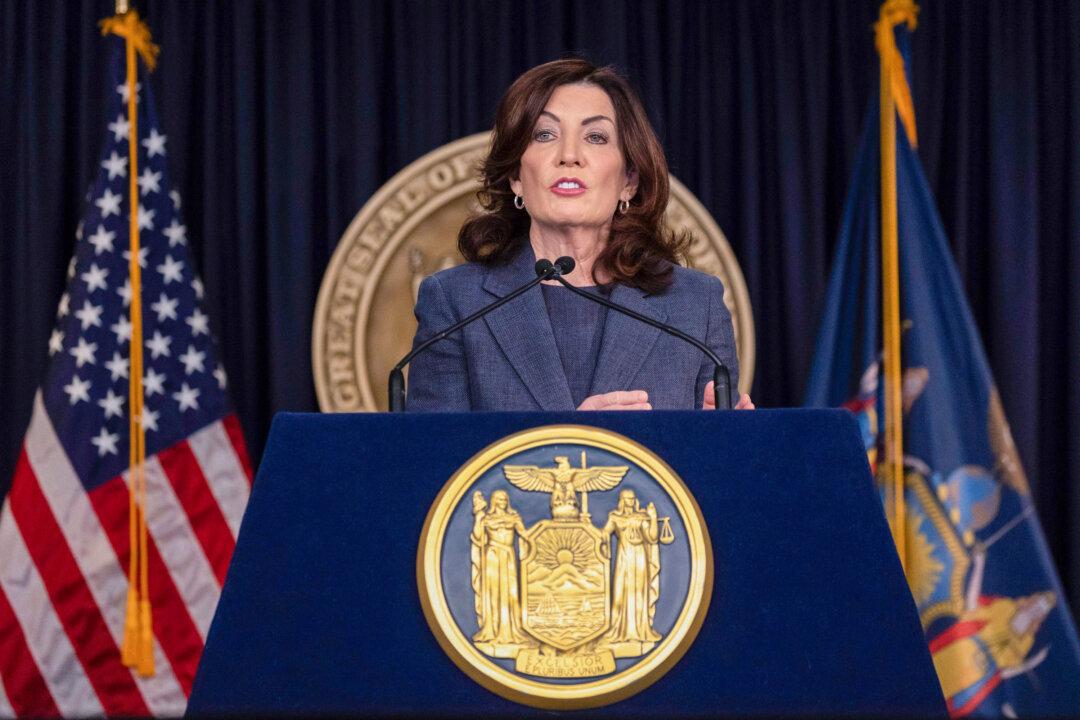NEW YORK CITY—New York Gov. Kathy Hochul’s decision last week to unpause congestion pricing, and the 12–1 vote by the Metropolitan Transportation Authority (MTA) board on Nov. 18 to approve the plan’s implementation in January, albeit with a lower toll, have sparked reactions both for and against the policy.
The governor paused the policy in June, acknowledging at a press conference that the $15 toll would be a burden for working families and citing the need to study alternatives.





